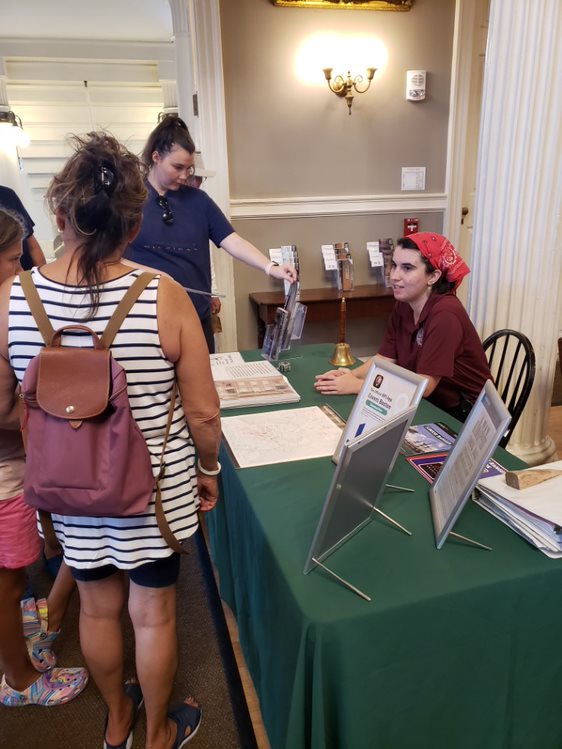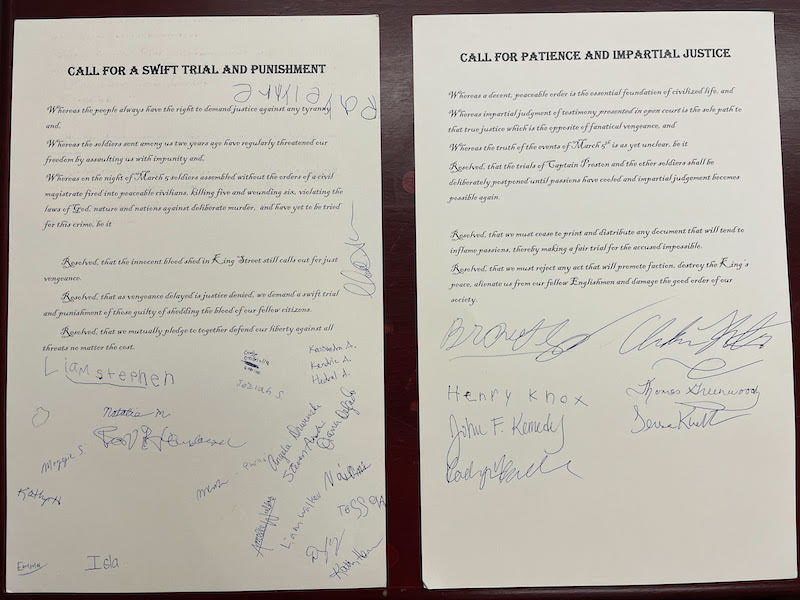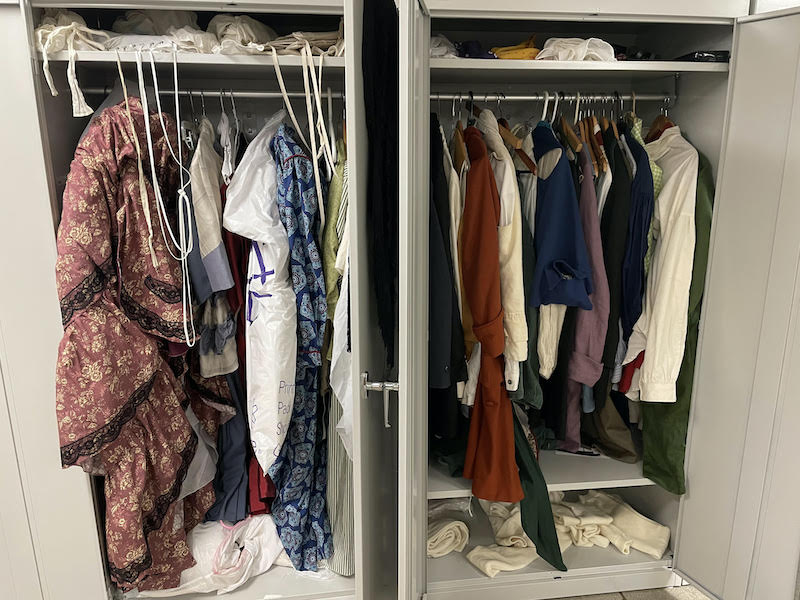Town Halls in Faneuil Hall
Written by: Zobeida Chaffee Valdes
This summer, I’ve spent the majority of my time at National Parks of Boston staffing, researching, and talking about Faneuil Hall– the Cradle of Liberty. Faneuil Hall has a special place in Boston’s history. Built in 1742, the Hall (which was commissioned and funded by Boston merchant and slave-holder Peter Faneuil) served as a marketplace and political center for Boston. Before Boston became a city in 1822, Faneuil Hall’s Great Hall was used as a space to hold Town Meetings, where citizens could vote on local affairs. During the lead up to the American Revolution, Faneuil Hall was a popular meeting spot for Boston patriots, who discussed the issues of the time: the Stamp Act, representative government, the Boston Massacre, and of course, independence from Great Britain.
After the American Revolution’s conclusion, Faneuil Hall gained its reputation as “the Cradle of Liberty,” and became a symbol for free speech and protest. For the next 200+ years, Faneuil Hall has served as a symbolic place to hold political rallies, meetings and debates about the pressing political and social issues of the time, including meetings concerning Abolition, Suffrage, temperance, labor, war, LGBTQ+ rights, immigration– really anything you can think of that Americans care about.
As a part of our summer programming, the ranger team at Faneuil Hall has hosted reenactments of two of the town meetings that took place in Faneuil Hall. Held in the Great Hall itself, these free weekly programs– which are led by Park Rangers in period kit — allow audience members to participate in two significant historical debates: one titled “Revenge or Justice,” concerning the Boston Massacre, and the other titled “A Man Kidnapped,” which concerns the apprehension of the young Freedom Seeker Anthony Burns under the Fugitive Slave Act of 1850.

Zobeida staffing the desk in the Great Hall, explaining the history of the space to curious visitors
Audience members are handed character cards, which tells them their historical identity and occupation, and which contain a talking point on one of the sides of the debate. At the end of the program, the audience votes on a series of resolutions. So far, audiences have overwhelmingly voted to swiftly execute the British soldiers who were aggressors in the Boston Massacre, changing the course of history (in the real case, the soldiers received due process and were represented by John Adams). They have also voted to not comply with the unjust Fugitive Slave Law of 1850 and free Anthony Burns, which follows with the real meeting our program was based on. While Anthony Burns was forcibly returned to Virginia following his arrest despite mass protests, Boston Abolitionists were able to buy his freedom later on.

Picture of the resolutions at the Boston Massacre town hall. One resolution sheet is titled “call for a short trial and punishment” and the other is titled “call for patience and impartial justice.” “call for a short trial and punishment” has significantly more signatures below the resolutions
I have really enjoyed participating in and witnessing these programs. I think that having audience participation in these historical moments is valuable, and adds a layer of understanding to the history of the moment by allowing visitors to experience the moment — in some small way — themselves. It’s also really gratifying to see visitors experience the hall in the way it was meant to be used, and get fired up over history. These programs have been very popular, significantly add to the experience of Faneuil Hall, and I hope that we continue to offer them for the remainder of the park season.

Closet full of 18th and 19th century period clothing for men and women, which are used for our town meeting programs
There is one other aspect of these meetings I want to touch on: the period clothing! One of our rangers, Jane, has been instrumental in organizing and setting up the reenactment kits for the rangers leading the programs. She has gone as far as to make many of the garments herself, following the styles and trends (and clothing technology) of the time. I’ve learned so much about 18th and 19th century fashion from her, and one of the most interesting aspects has been comparing the styles used by working-class and upper class citizens. Also, the shoes we use for reenactments are beautiful, shiny, and amazing, even if you can’t see them under the floor length skirts!
